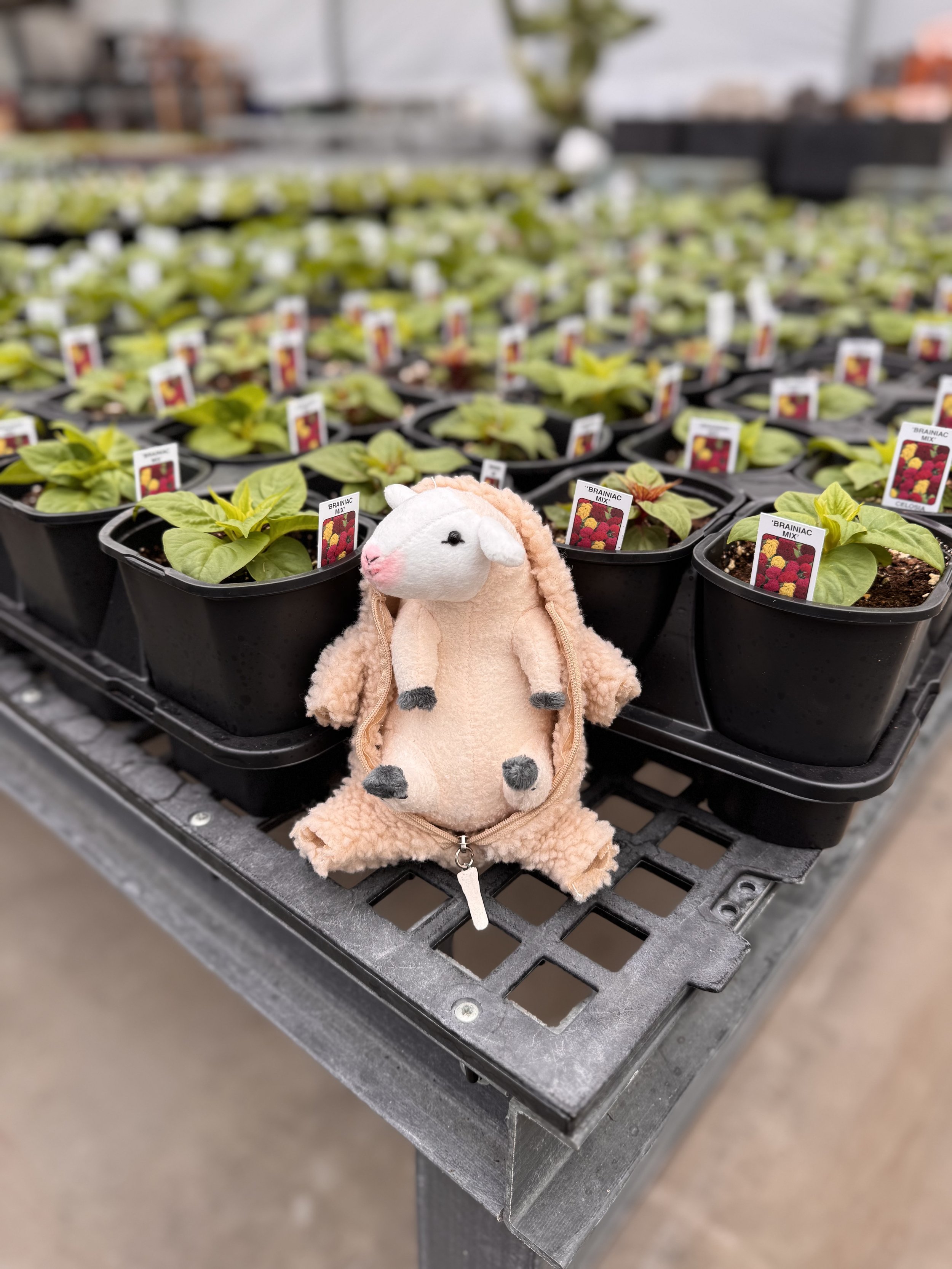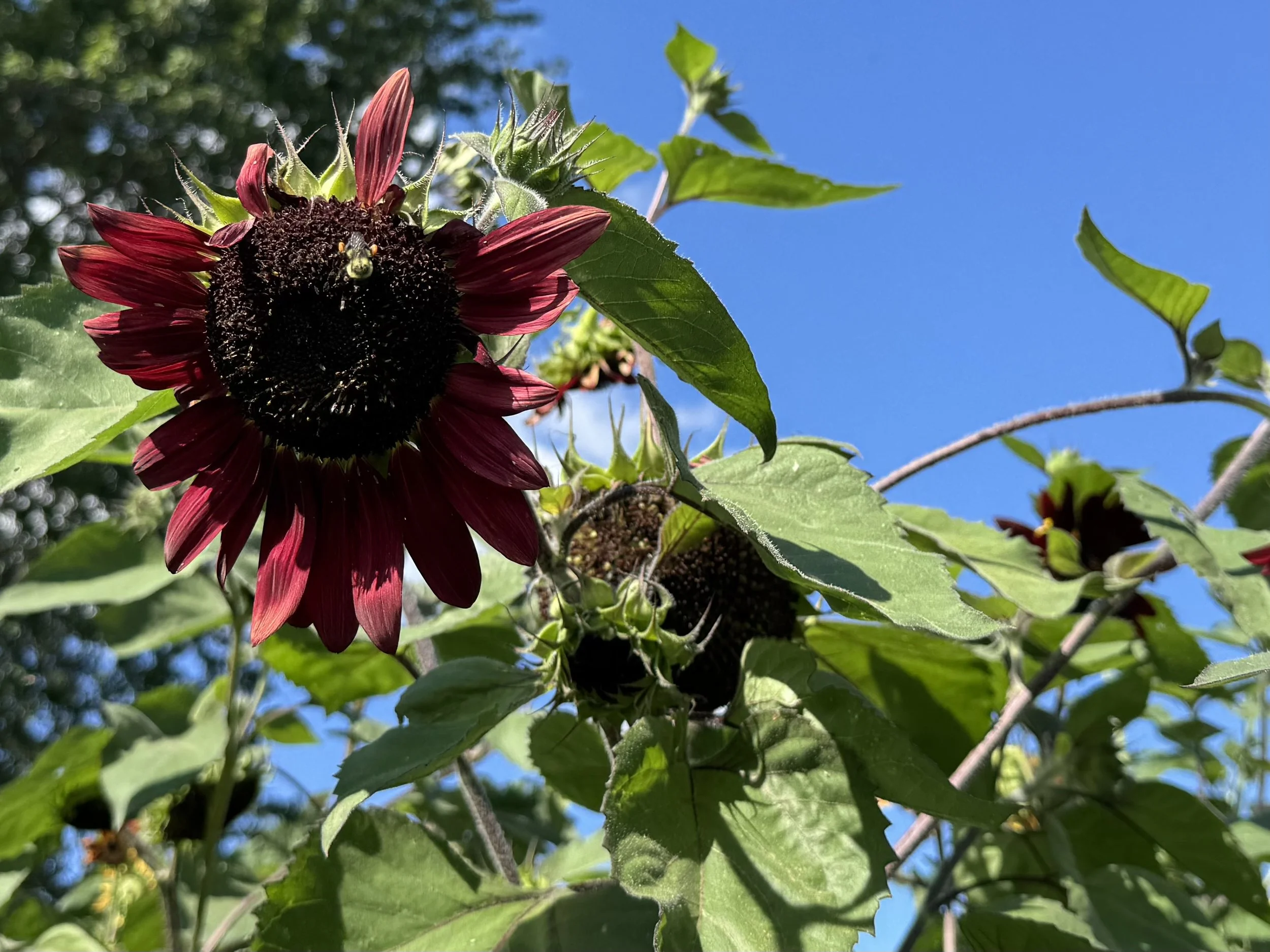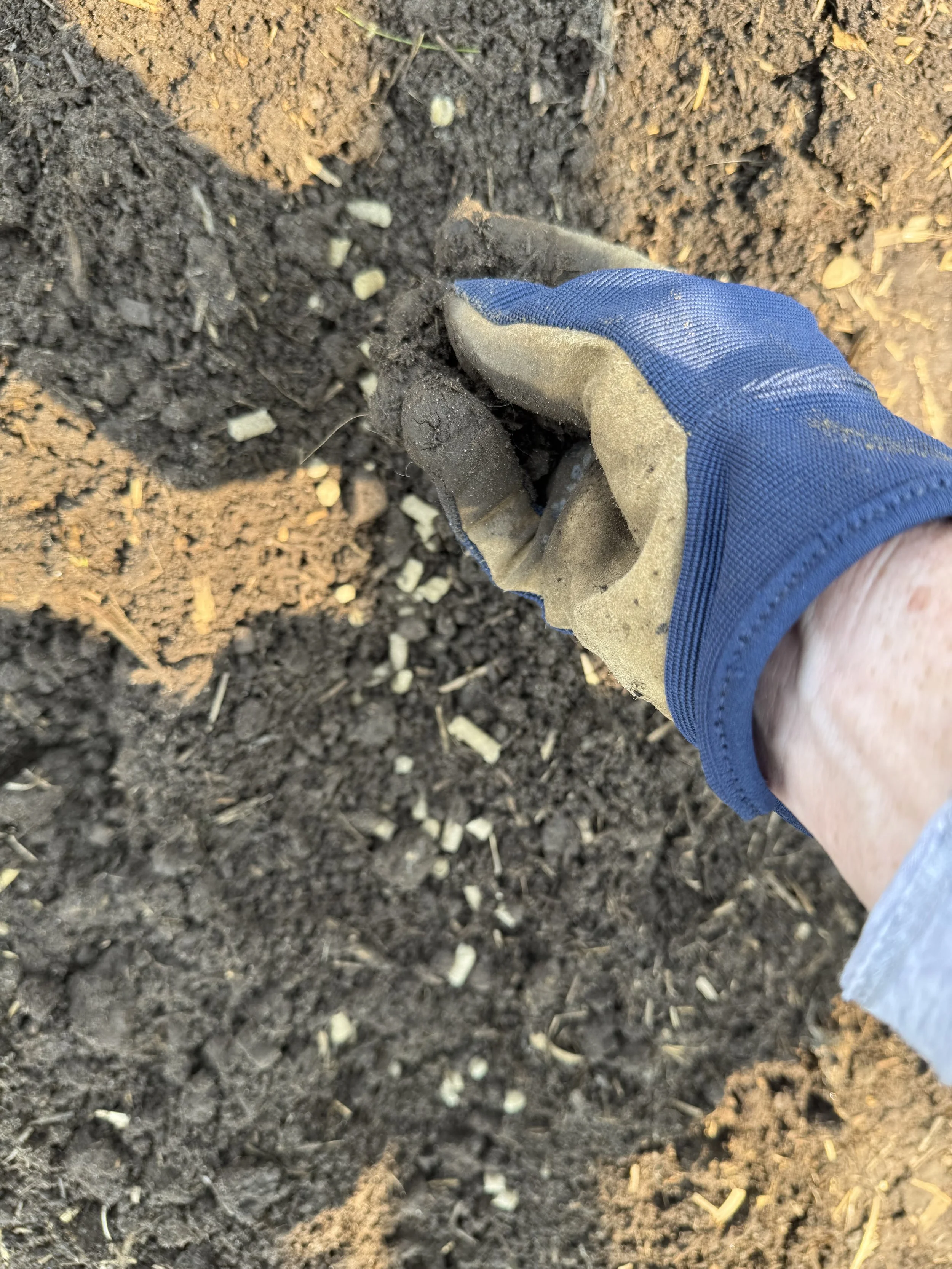
Community Gardening: a terribly perfect idea
As longtime home gardeners, we had an idea to grow a community garden plot using Woolly Belly Pellets and Sheepy Shreds. This growing season taught us so much about the wonders of community gardening. We hope it educated others on the wonders of wool!
Wool and Water
We get a lot of questions about wool pellets. If we don't know an answer, we dig into the research.
Across the country people are claiming wool pellets hold different amounts of water. How can that be? We've seen statements from 3 to 35 times! YIKES that is a big swing in claims. Wool is wool! When we worked on our initial labels we were confused. We measured, tested and researched wool and water.
The following blog post looks at what we found and why we state Woolly Belly Pellets hold over 3 times their weight in water.
Peat, Wool Pellets and Benjamin Franklin
Have you ever thought of a peat bog?
We’ve used peat for about the past 70 years in the gardening industry. How much longer can we mine this valuable resource and what are our options? Keep reading to learn about my favorite bog.
A Deep Dive into Wool Fiber
Wool is an amazing fiber. It can do so many things besides fertilize and hold water. Check out this blog post to find out how it is able to do so much.





